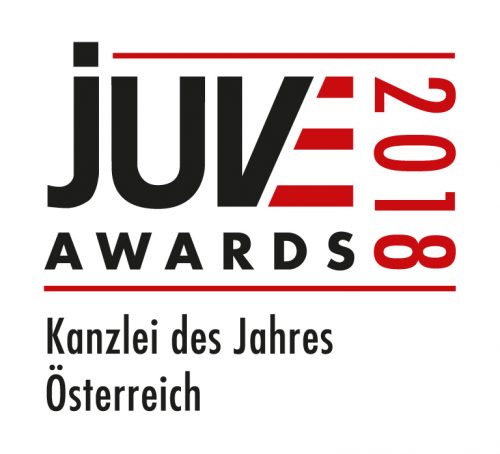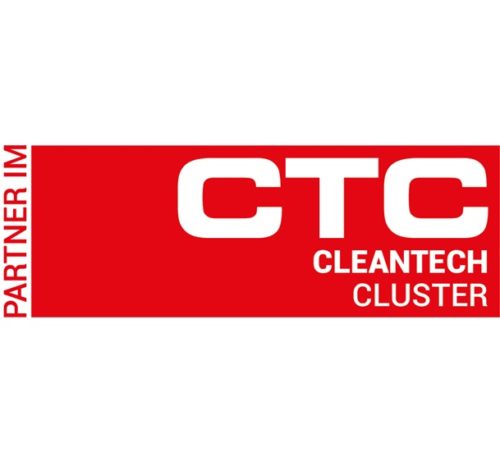Whistleblowing reporting systems
We help with implementation and processing!

Christoph Harringer sees green finance clearly on the rise and talks in an interview with the daily newspaper “Die Presse” about the greatest opportunities but also legal challenges of green forms of financing.
Sustainable finance is currently on everyone’s lips – “green loans” and “green bonds” are no longer empty buzzwords but have already arrived and become established on the financial market. On the one hand, this is due to the fact that public awareness of ESG has increased in recent years and customers are also increasingly requesting green financial products due to the growing importance of sustainability in everyday life. On the other hand, however, it is also due to new legal bases that oblige credit institutions to deal with sustainable products. For example, from 2024 the so-called Green Asset Ratio is to be included in the non-financial statement. This ratio is intended to express the proportion of a credit institution’s overall portfolio that is accounted for by sustainable loans or financial services. The declared goal is to improve the comparability of the sustainability strategies of credit institutions. There are no specifications as to which quota a credit institution must achieve. Although there are (so far) no consequences for achieving a low score, a poor rating will have an impact on the public reputation – and thus on the share price and business relationships. The Green Asset Ratio thus indirectly obliges banks to improve their ratio by offering sustainable financial products.
In brief, there is currently a fragmented legal framework with a difficult density of regulations. While green bonds are to be harmonized at EU level in the future with the EU Green Bonds Standard, there is still no binding legal framework or non-binding EU standard with regard to green loans or green current accounts. Also, in connection with the reform of consumer credit law, ESG relevant topics will not be given priority. Only the Taxonomy Regulation regulates for the first time what is to be classified as “sustainable economic activity” and will thus indirectly, as a reference work, also influence green financial products. It can be assumed that future frameworks will also draw on the definition of the Taxonomy Regulation, which is why it will be of enormous practical importance.
Since there is currently no binding regulatory framework as to when a financial product is to be classified as “green” or “sustainable“, there is of course still a risk of so-called “greenwashing“. In the absence of a binding framework, financial products must therefore be carefully designed so that they do not run the risk of being labeled as mere “greenwashing“.The Taxonomy Regulation can curb this danger to the extent that for the first time a reference framework is available that makes it possible to objectively review the sustainability of economic activities – and thus also of financial products –, but correspondingly detailed regulatory standards are only available for two environmental objectives.
A particular challenge continues to be the lack of legal certainty regarding the design of sustainable financial products, which results from the non-binding standards. Therefore, a comprehensive evaluation of the available standards and an alignment with the criteria of the Taxonomy Regulation is required to ensure that sustainable bonds or loans are actually perceived as such on the market in the future and reach the relevant customers.
For bonds, the EU Green Bonds Standard, which is to be introduced, can certainly be used in the future. The aim is to enable issuers of bonds to prove that they invest in sustainable economic activities in accordance with the Taxonomy Regulation. The draft of this voluntary standard therefore provides for three main requirements in particular.
With regard to loans, the regulatory density is even lower. Essentially, the Green Loan Principles or Sustainability Linked Loan Principles developed by the Loan Market Association are used. These are voluntary guidelines that differ in their practical application but can also be combined with one another. In the case of green loans, the loan funds may only be earmarked for the financing of green projects, whereby the definition of green projects does not necessarily have to be linked to the requirements of the Taxonomy Regulation. On the one hand, the earmarking must be documented in the loan agreement and the lender is to be informed about this annually; on the other hand, it must be ensured in the form of a monitoring process that the use of the funds is traceable, for which purpose, for example, specially created accounts can be used. Sustainability Linked Loans, however, do not impose any special requirements on the use of funds. Nevertheless, incentives are to be created in the loan agreement – such as improved conditions in the form of more favorable interest rates –, which are linked to the achievement of certain predefined sustainability goals, which themselves are measured using predefined key performance indicators. Reporting obligations are provided insofar as they are necessary to determine the achievement of the key performance indicators, which in turn must be verified by independent third parties. Due to the new disclosure requirements, however, credit institutions should include reporting obligations and information rights in sustainable loans in order to be able to calculate the green asset ratio accordingly in the future.
What other measures would be useful to redirect capital market flows and curb “greenwashing“? The lack of legal certainty in connection with green bonds or sustainable loans is currently problematic. The mere cliché-like paraphrasing of the terms green or sustainable activity certainly harbors the risk that bonds or loans are painted green, even though they do not pursue any real sustainable goals. A binding legal framework for sustainable financial products would therefore be desirable. Such a framework should also be linked to the existing definition of a sustainable economic activity under the Taxonomy Regulation and measure the financed activities against its criteria. This not only makes a significant contribution to the comparability of financial products but will also significantly reduce the risk of “greenwashing“. In the meantime, however, issuers must be cautious when issuing green bonds or granting sustainable loans, so that their products are actually perceived as sustainable on the market.
At the end of 2022, the EU Corporate Sustainability Reporting Directive (CSRD) was finally adopted. This is to be accompanied by a significant expansion of existing rules on non-financial reporting. The main changes are:
Disclaimer
This article is for general information only and does not replace legal advice. Haslinger / Nagele Rechtsanwälte GmbH assumes no liability for the content and correctness of this article.
The interview was published in the daily newspaper “Die Presse” on January 19th, 2023.
19. January 2023






